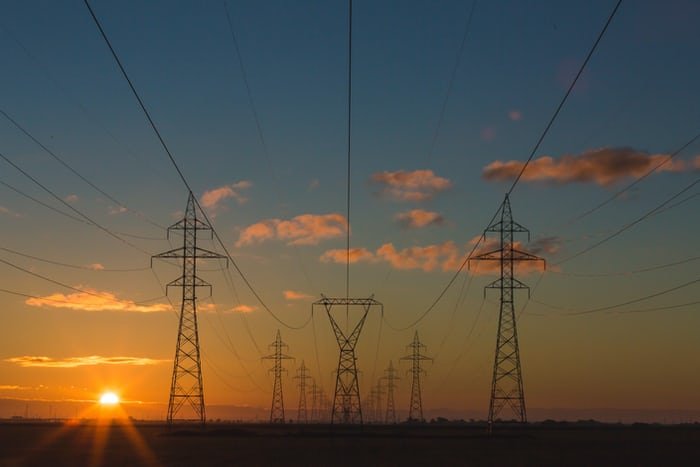So, I was watching a program on TV last night and I learnt that sugarcane actually contributes to electricity. When I heard that, I got so interested in the program. After much knowledge, I decided to conduct a personal research to learn more. This article is solely on sugarcane contribution to electricity generation.
One of the main uses of sugarcane is for sugar production and ethanol. It is a species of tropical grass in the genus Saccharum. Sugarcane is also good for human consumption. The juice is extracted from the stem and most use traditional as external and internal medicine.
Brazil is the leading country in sugarcane production worldwide. Also, in Nigeria, sugarcane plantation is planted and harvested in all states but is done mostly in the Northern part of the country for large scale production.
Sugarcane is planted and cultivated in different parts of the world both for commercial purpose and for household consumption.
Nutrition Information
One serving (28.35 grams) of sugarcane juice contains.
Calories: 113.43
Protein: 0.20 grams
Fat: 0.66 grams
Carbohydrates: 25.40 grams
Sugarcane has more vitamins and minerals than refined sugar, including small amounts of:
Iron
Magnesium
Vitamin B1 ( t hiamine)
Riboflavin
Also,sugarcane waste is actually a good source of electricity. I was astonished when the sugar Mill stated that the waste product after the sugar has been extracted is a good source of energy. This pushes me to go deep into research to find out more.

Source
According to Brazilian Report,2021 "This energy is deemed as renewable—as it is made using sugarcane bagasse, a leftover fibrous plant matter—and clean, owing to its low-pollution production process using gas scrubbers. Every ton of sugarcane used to make sugar and ethanol generates an average of 250 kilograms of bagasse and 200 kilograms of straw. Rich in fiber, these byproducts are burned to generate electricity.
Indeed, bagasse has been used to supply vapor and electricity for sugar and ethanol production since the industrial revolution, ensuring the self-sufficiency of ethanol plants during harvest periods.
However, beyond providing energy for industrial production, bagasse has been used to generate surplus electricity since the 1980s, which is then supplied to the Brazilian national power grid".
This post is research based. it's written by collecting data from the following sources:
1 Saccharum officinarium
2 . Health benefits

